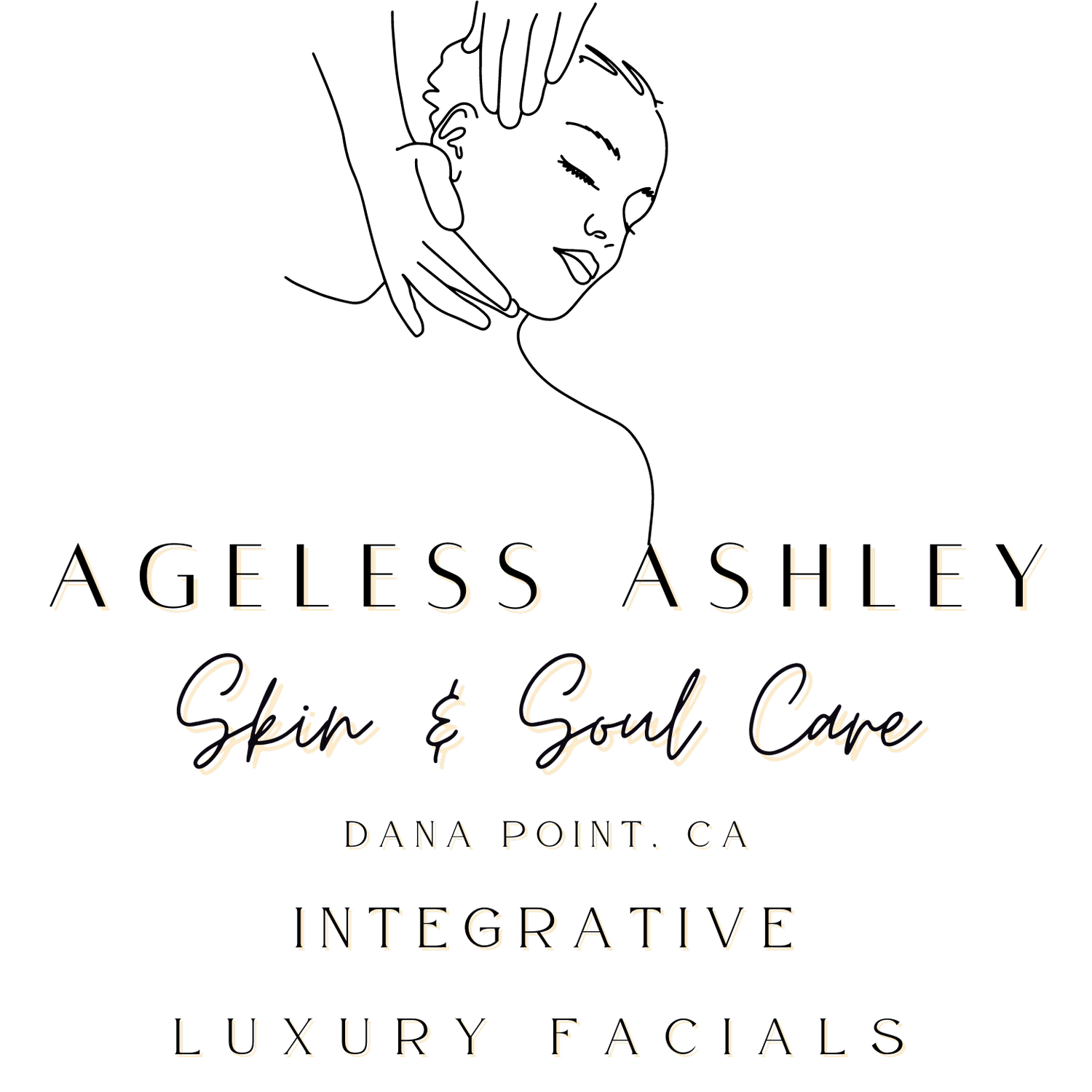First developed to treat acne, retinoids, or retinols, are chemical derivatives of vitamin A that help to unclog pores, boost collagen to reduce fine lines, and speed cell turnover to even out discoloration and smooth the skin. The first retinoid —tretinoin— was FDA approved (under the brand name Retin-A) almost 40 years ago as a prescription acne treatment. Today there are three prescription-strength retinoids: tretinoin (brands include Atralin, Avita, Retin-A, Retin-A Micro, Renova), tazarotene (Avage, Tazorac), and adapalene (Differin). Many dermatologists find tazarotene stronger (and potentially more irritating) than tretinoin; adapalene is the gentlest but may be less effective.
Retinoids typically yield impressive results within 3-4 weeks, but do require a prescription and can cause mild irritation and flakiness when introduced into your regimen; however there is an alternative.
An over the counter retinoid called retinol can also provide excellent skin benefits, but with more time allotted due to the process it goes through to be gradually converted into retinoic acid (main ingredient in prescription forms). After 12 weeks, you should see similar results.
Contrary to the popular belief of retinoids causing skin to be sun-sensitive, I recommend hat my clients begin using retinoids during the warmer months because humidity makes your skin less likely to dry out as it adjusts. However, it is true that the ingredient itself in sensitive to sunlight - which makes it best to be applied at night.
For the first two weeks, apply a retinoid every third night. If your skin isn't irritated, ramp up to every other night for two weeks. Not dry or flaky? Go for it every night. A few other irritation-mitigating guidelines: Wait 15 minutes after washing your face before you apply a retinoid, and use one pea-size dab to cover your whole face. After a few minutes, apply a basic moisturizer to prevent dryness.
